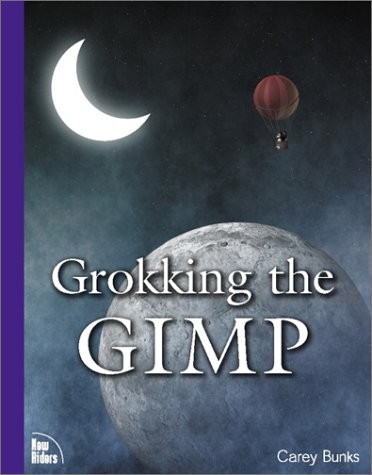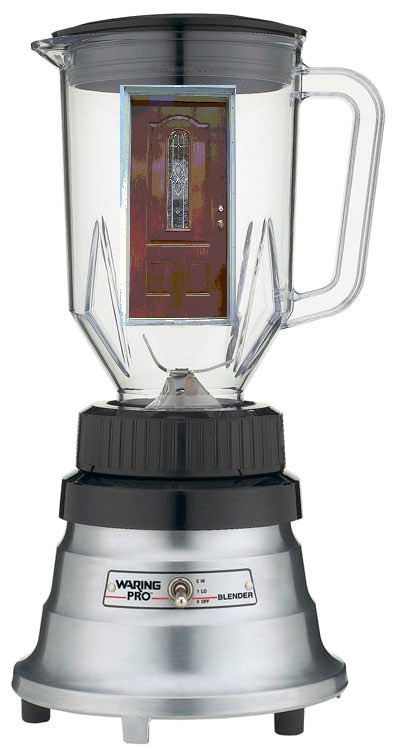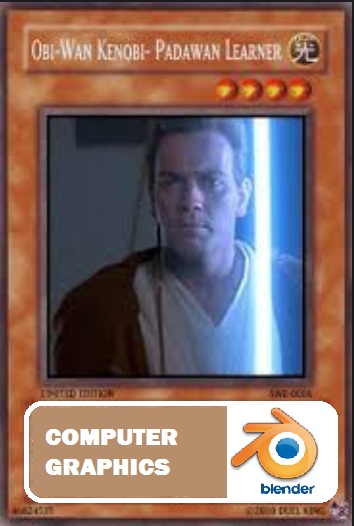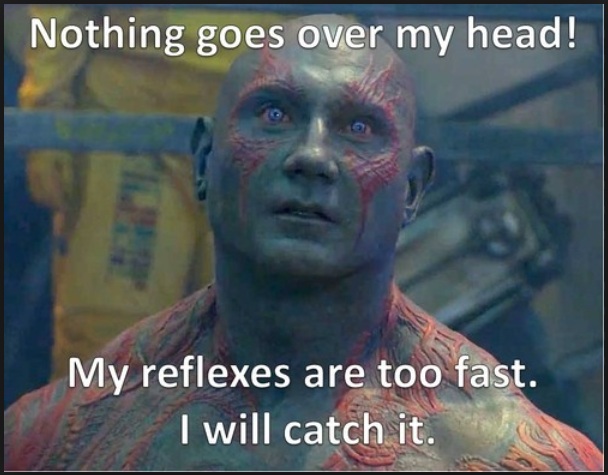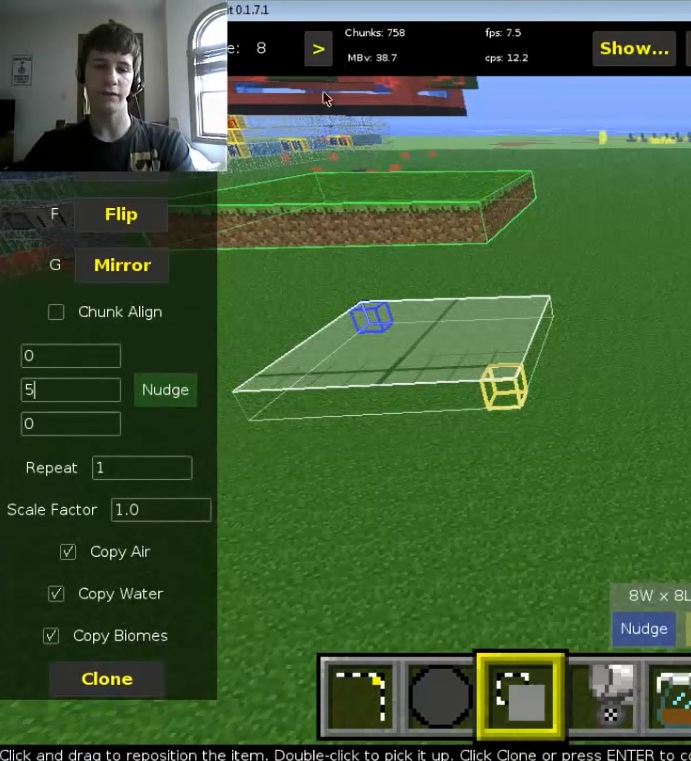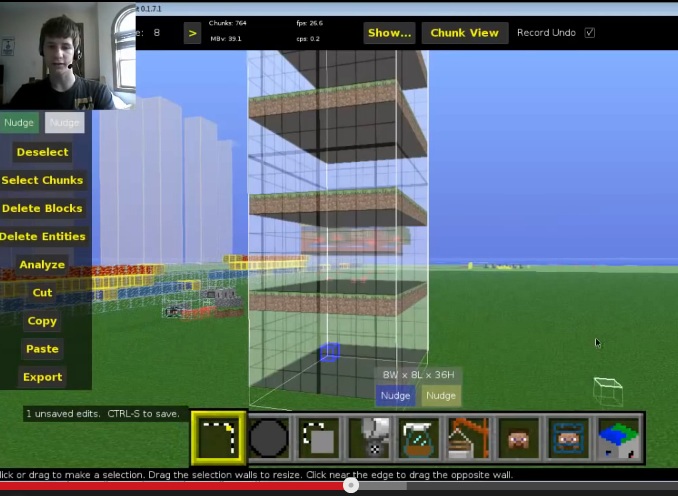I’ve made some good progress in music lately, though I haven’t posted any new “noodles” for a while. I finally made it through the part of the Lynda.com video that talks about mixers, and I’ve been experimenting with that. The lectures at Coursera have been getting further and further out of my comfort zone (lots of terminology) so I’ve started making notecards! I’ve also been watching FL Studio tutorials by Andrew Aversa (aka Zircon). To me these tutorials are mindbogglingly complex and would be very intimidating, except that I “got to know him” by listening to an interview, and he is just such a nice guy.
Just today one of my new books arrived — it’s called The Guide to MIDI Orchestration. I expected that it would be a very dense book with tiny print, no pictures, and teeny-tiny little snippets of music scores. But I just opened the book at random and…it has pictures! The music score examples are readable! And the material sounds learnable. Ex. if you change around your wind instruments so that the low instruments are playing in their highest register and the highest instruments are playing in their lowest register (ex. bassoons high and flutes low), you get a completely different sound. That makes sense.
This video by Zircon is almost like looking over his shoulder…
https://www.youtube.com/watch?v=r2pdReijku8
This is one of his better-known songs — “Just Hold On”
https://www.youtube.com/watch?v=L6N24aIRG1E


